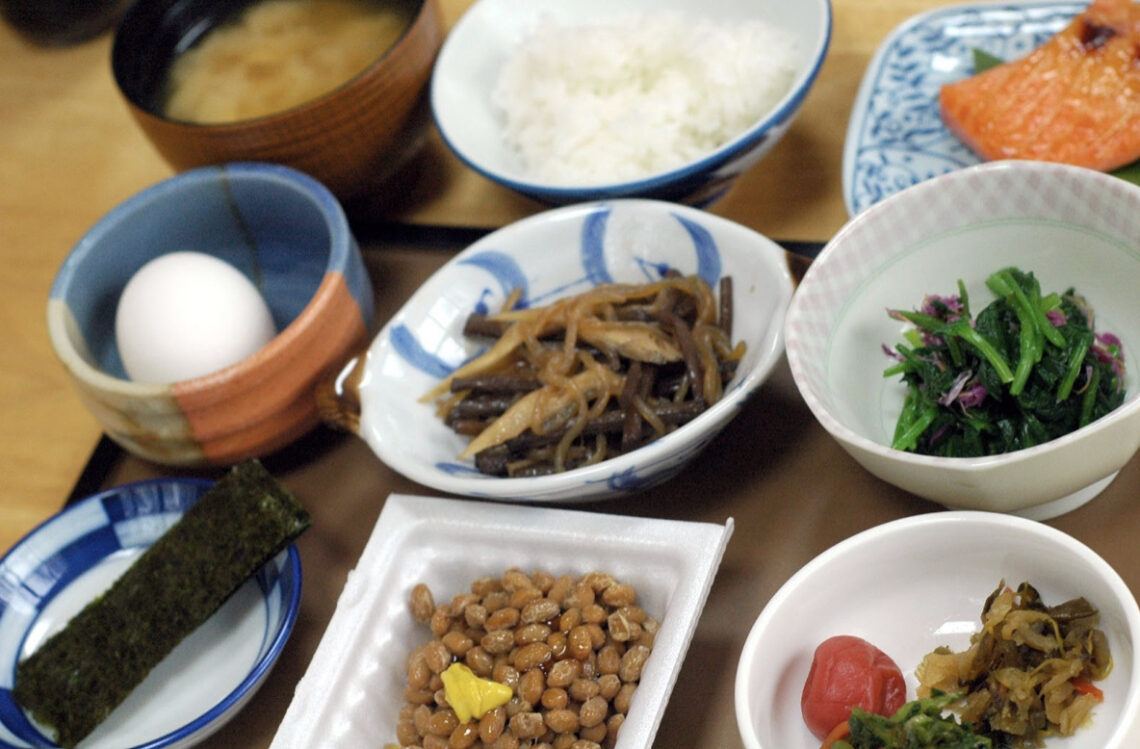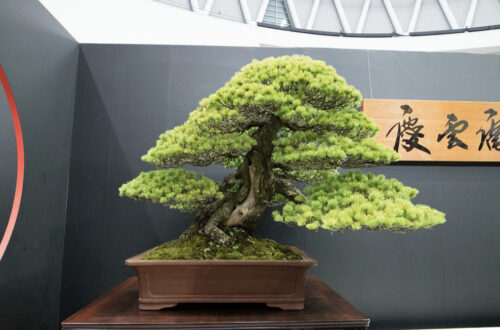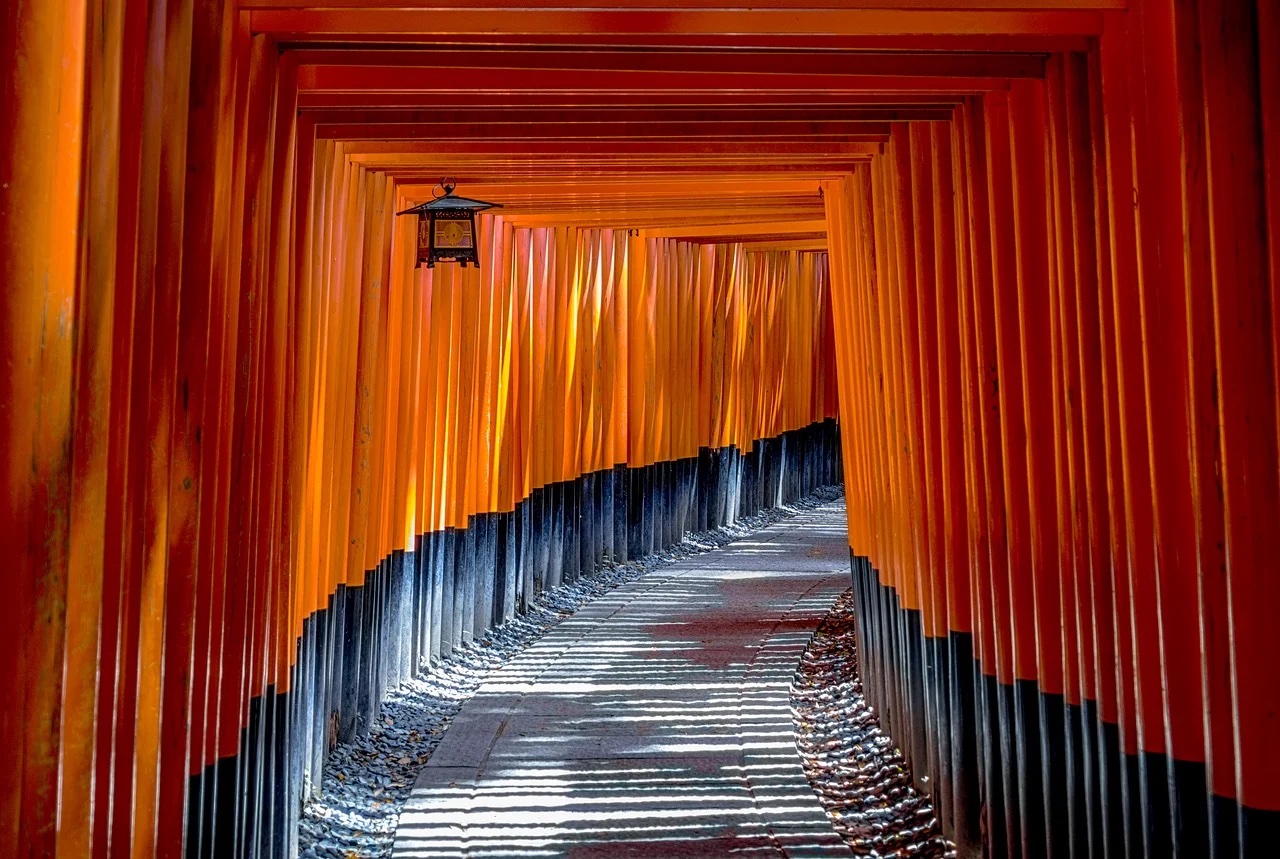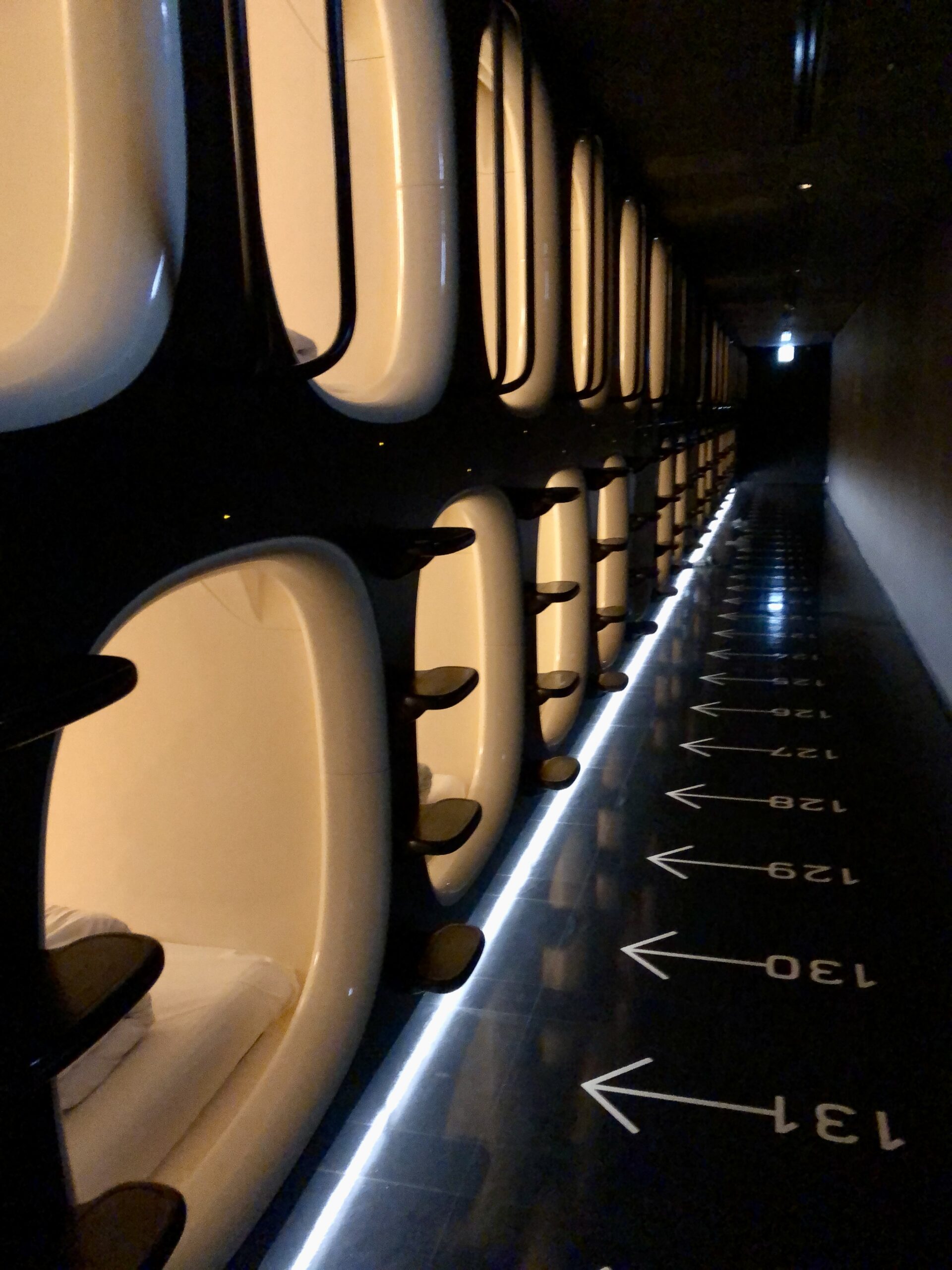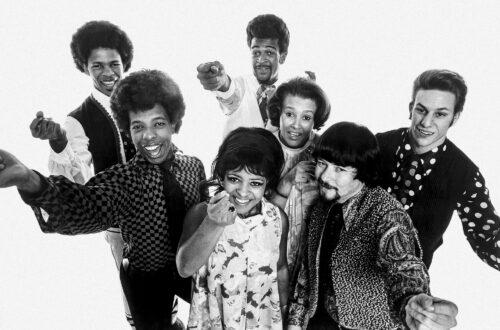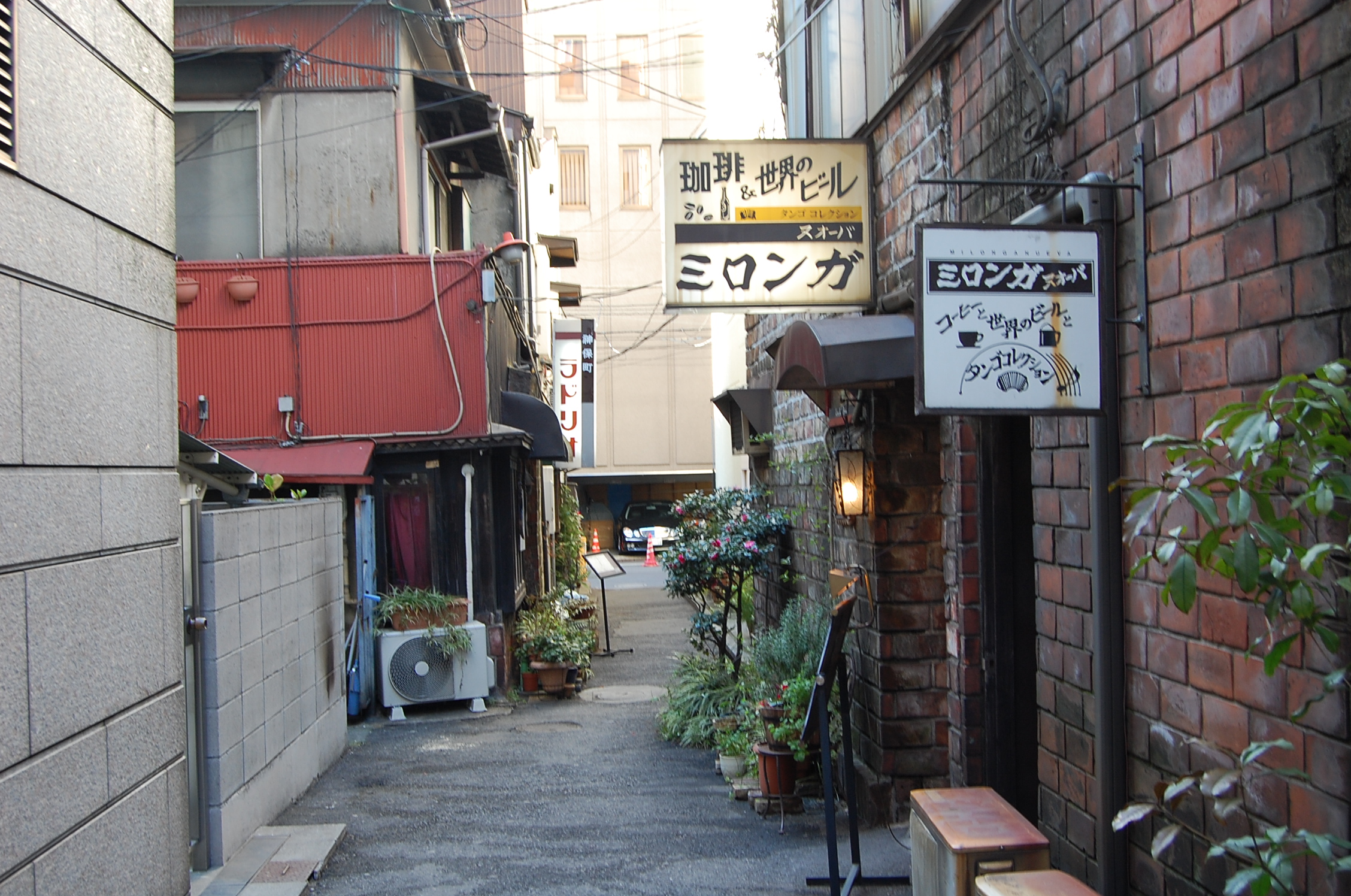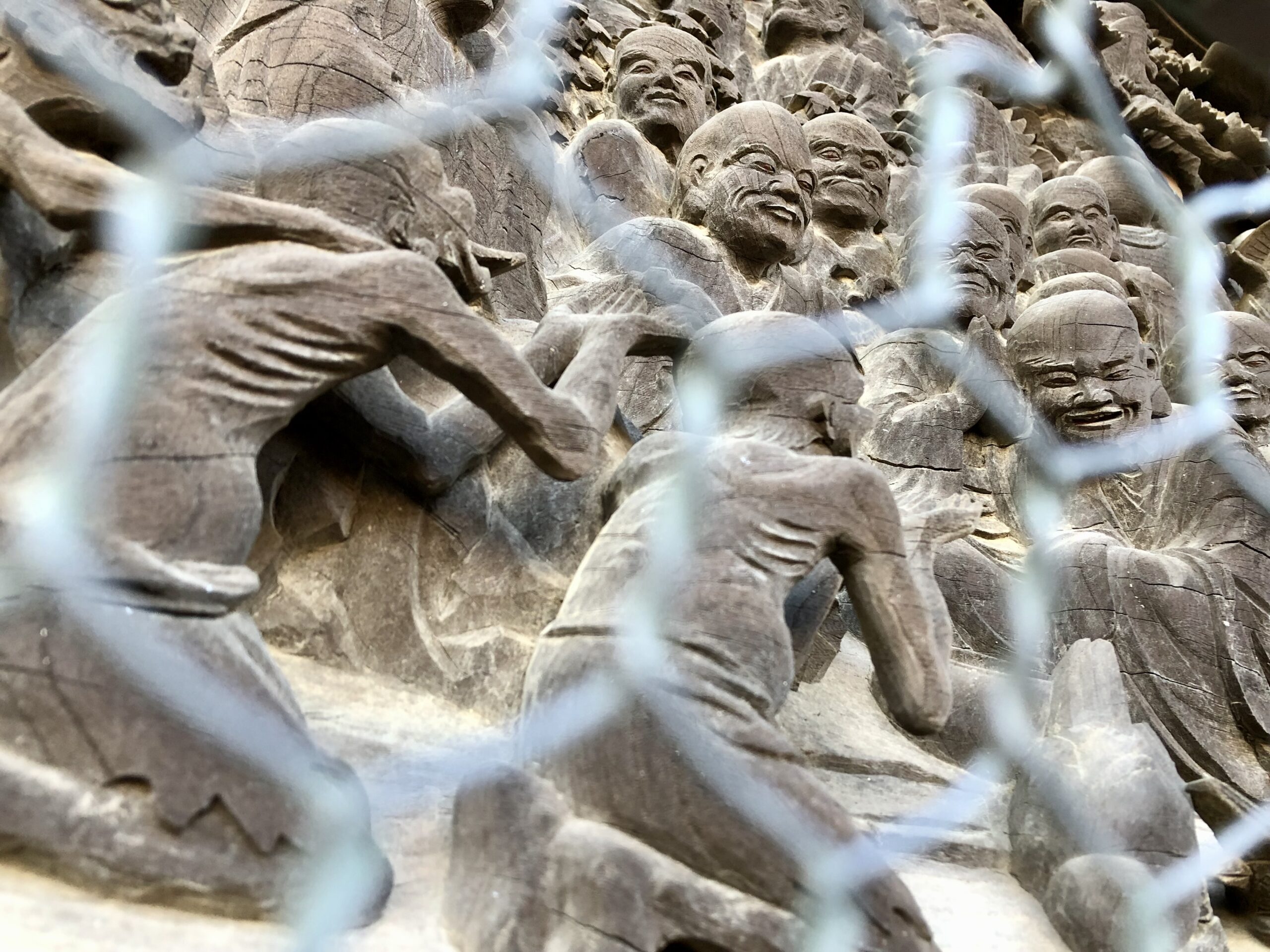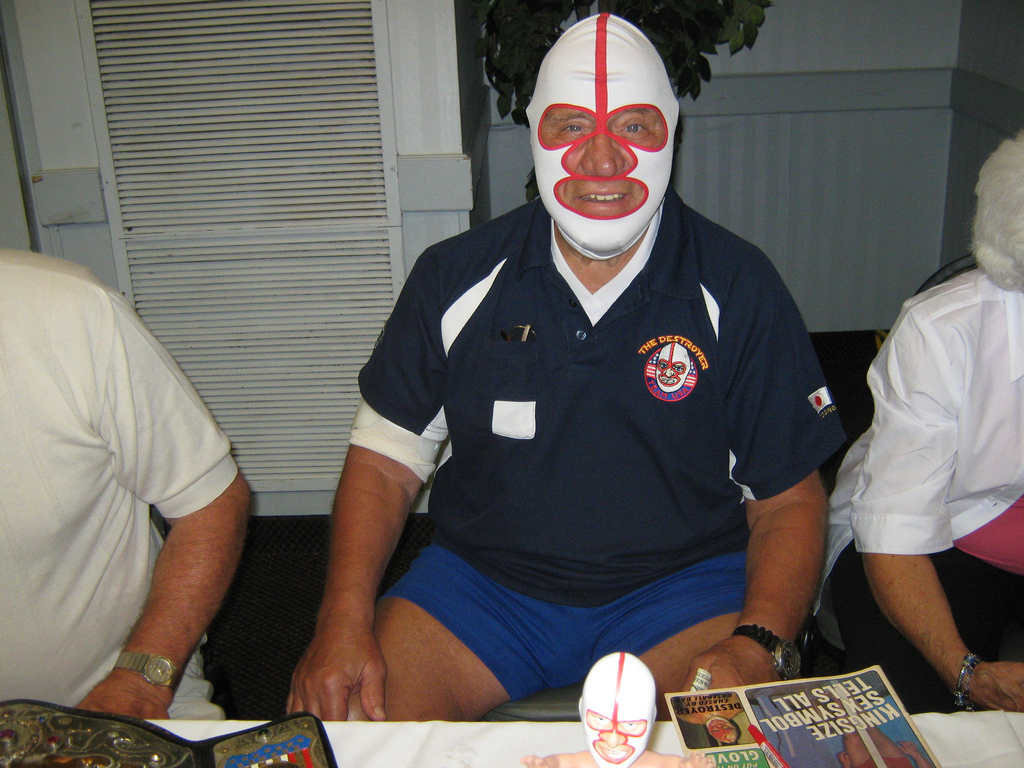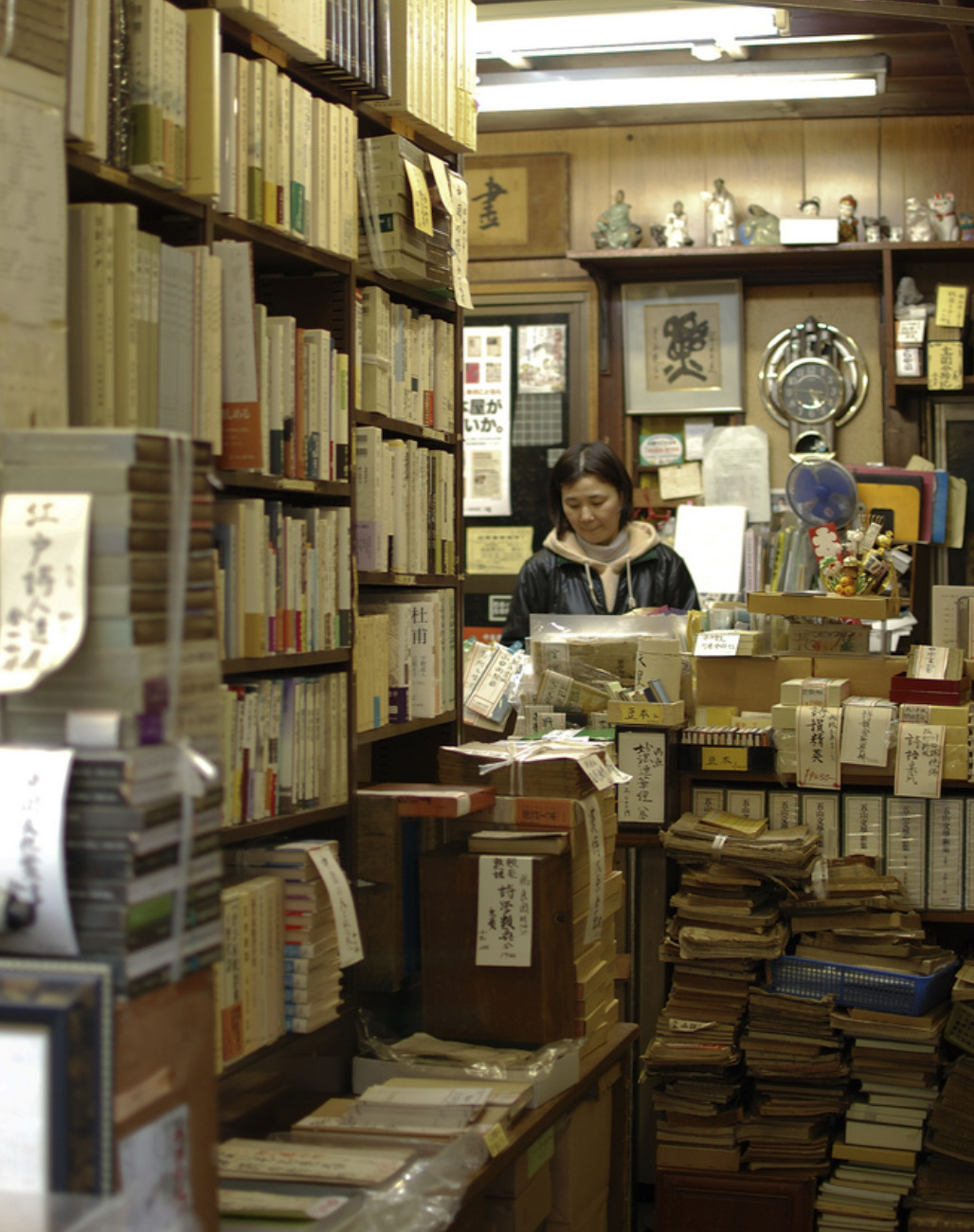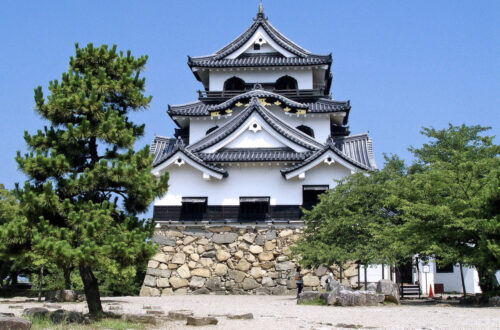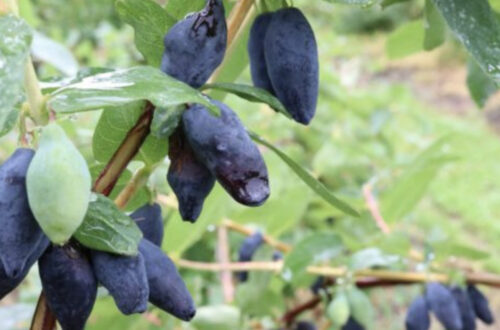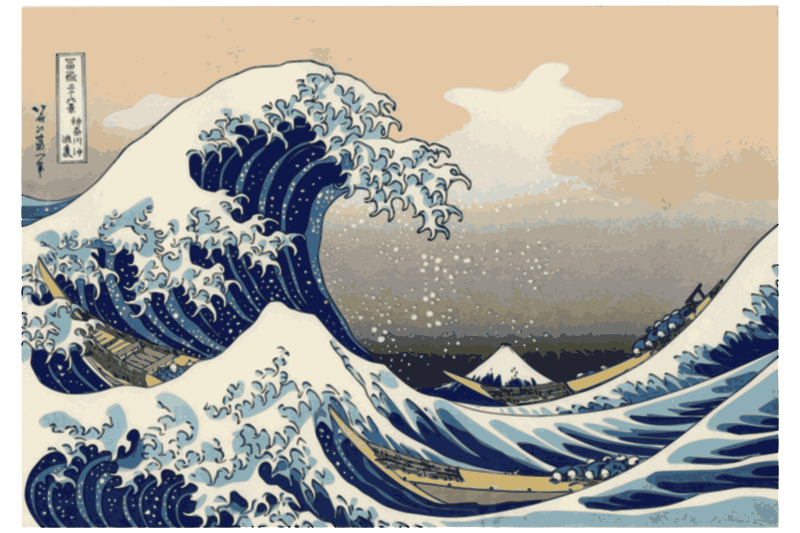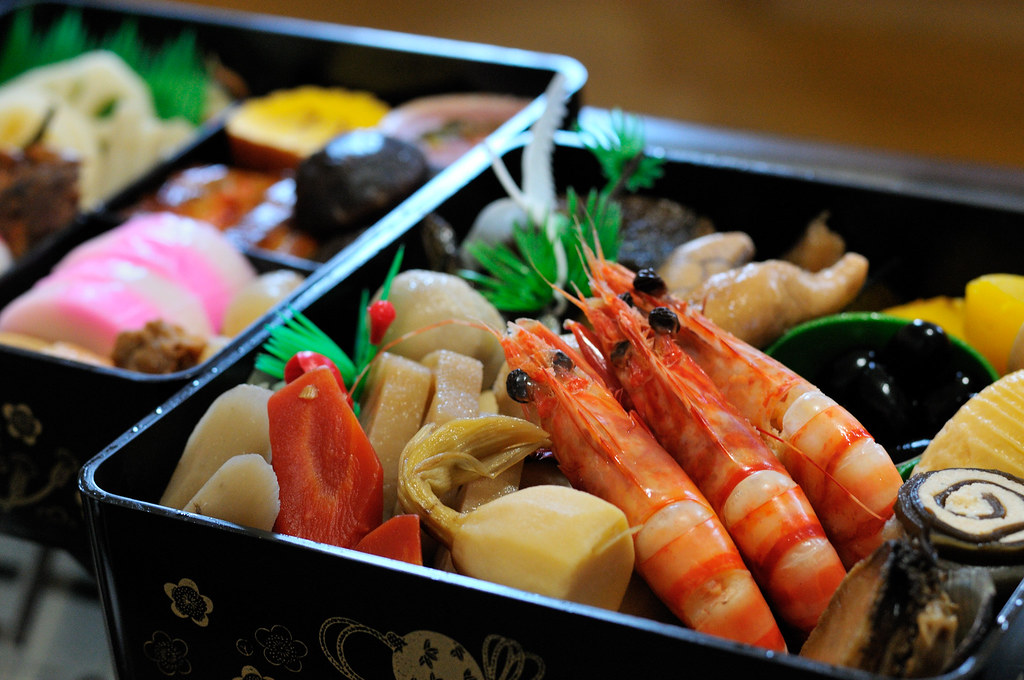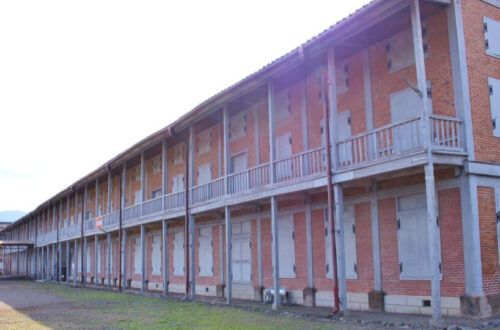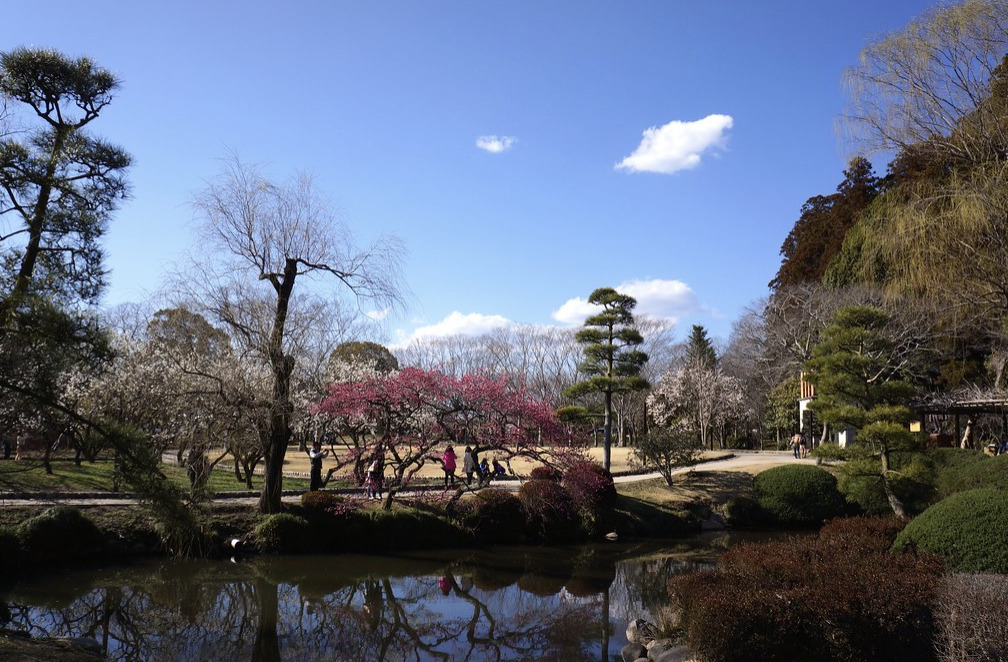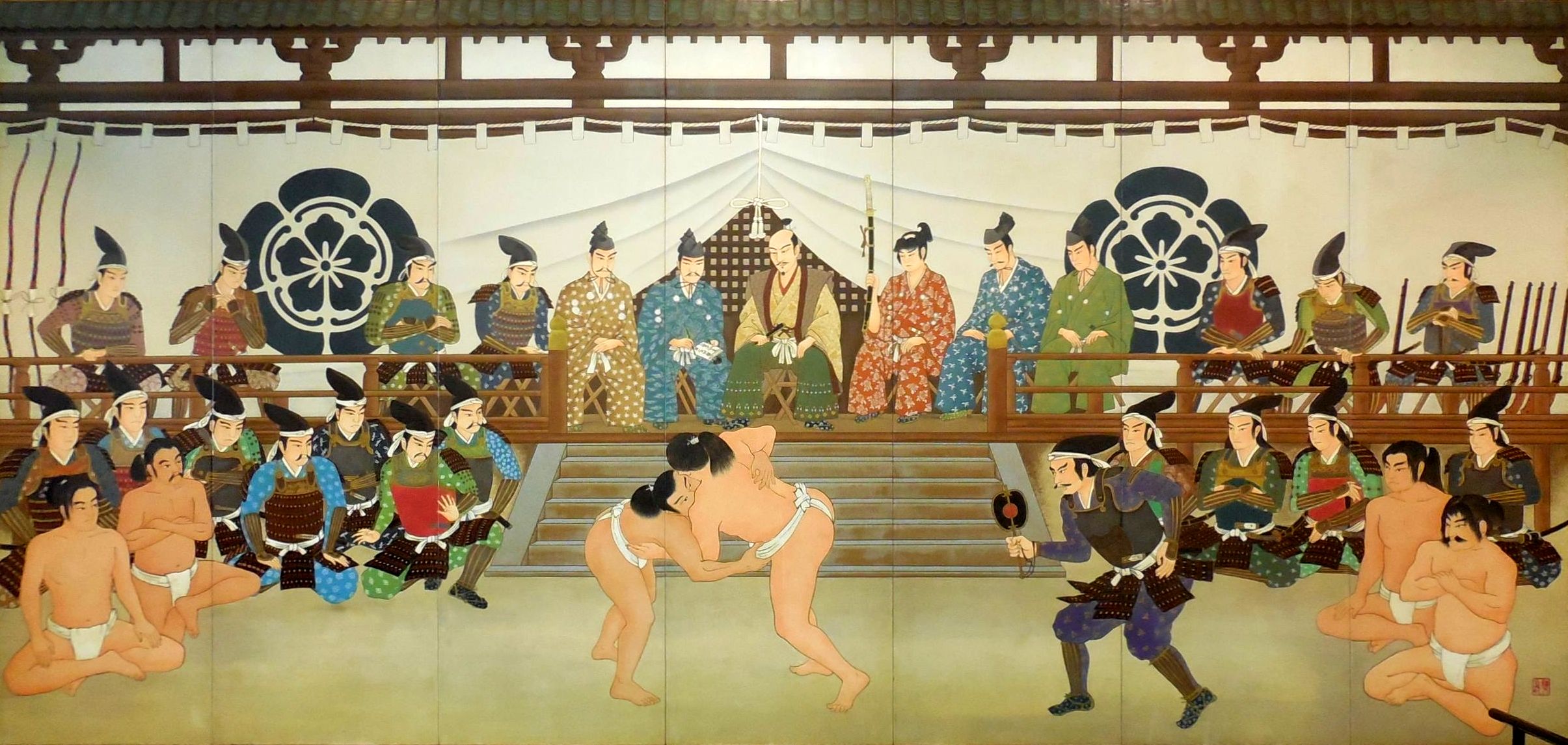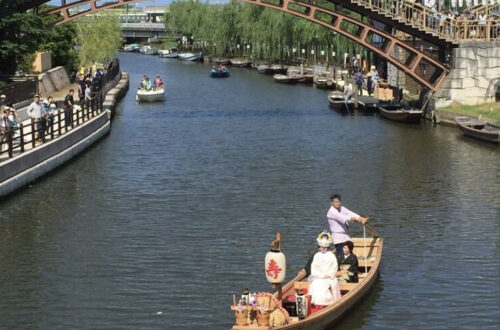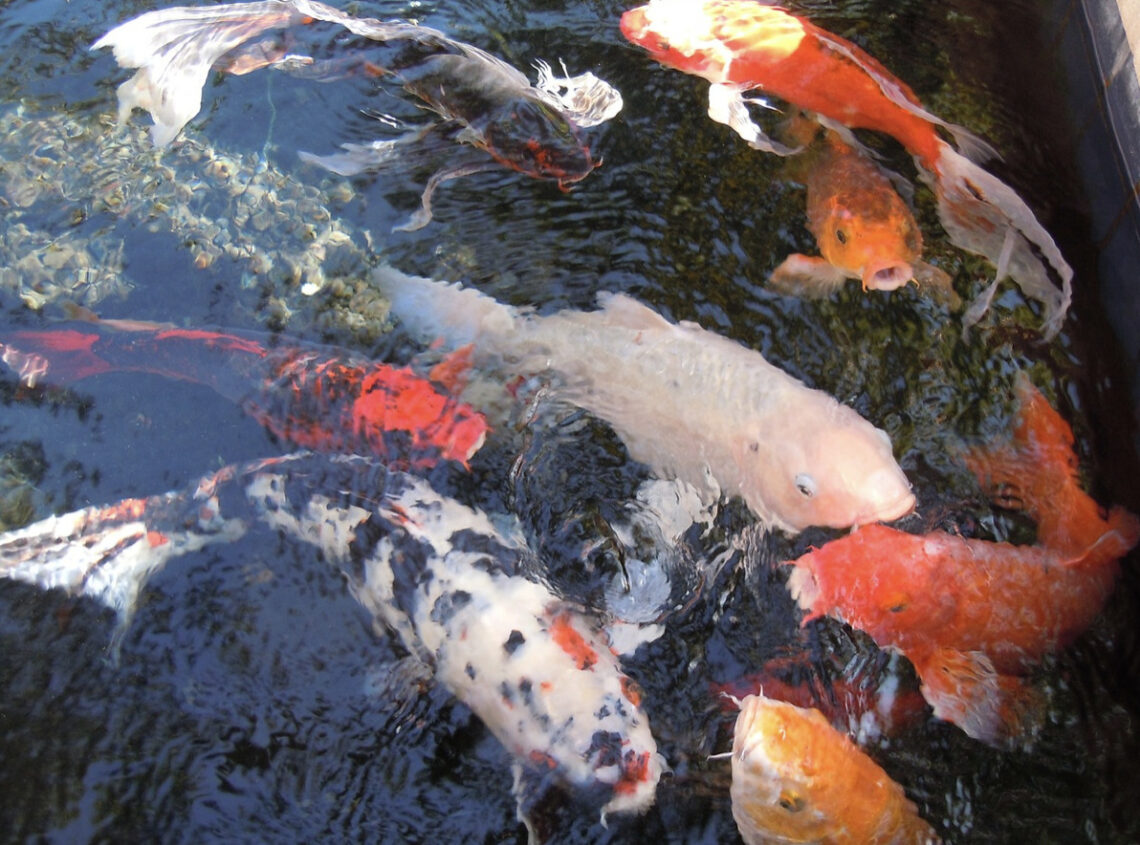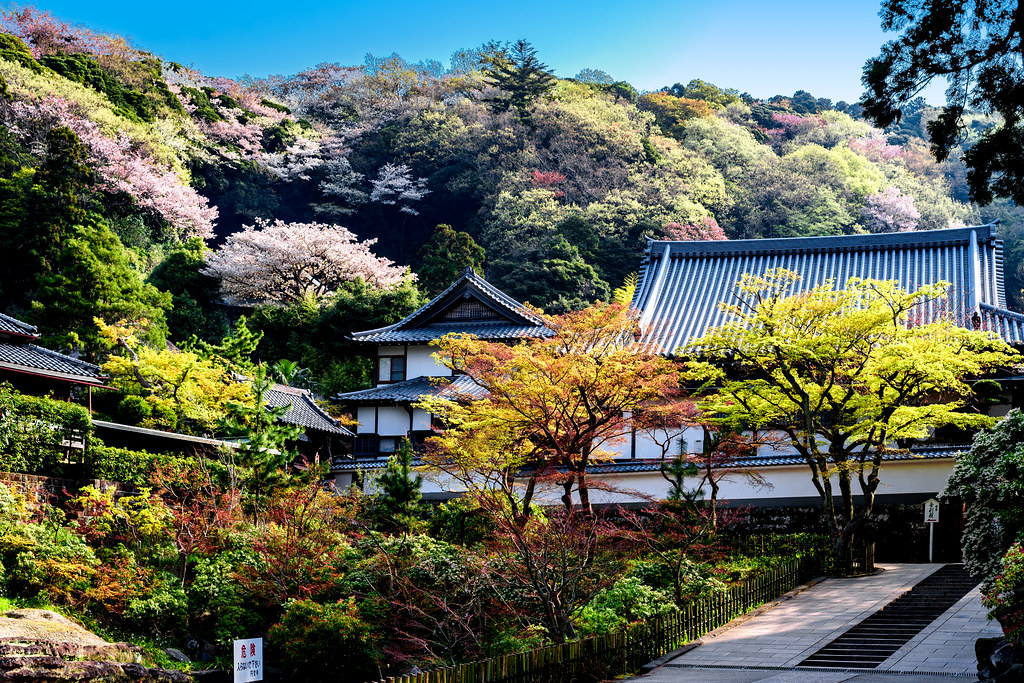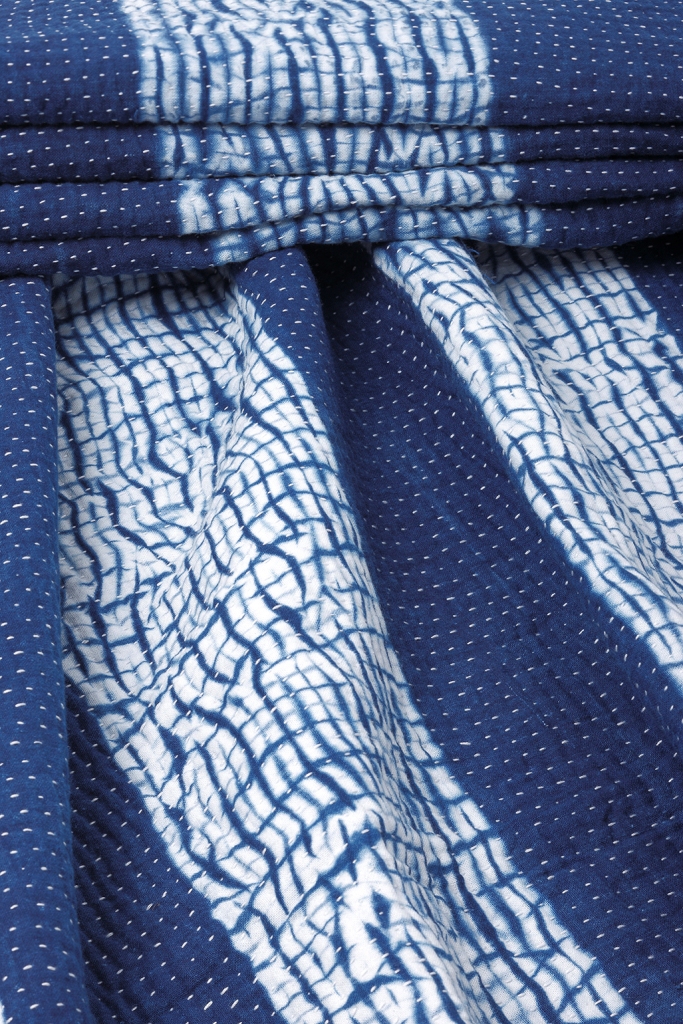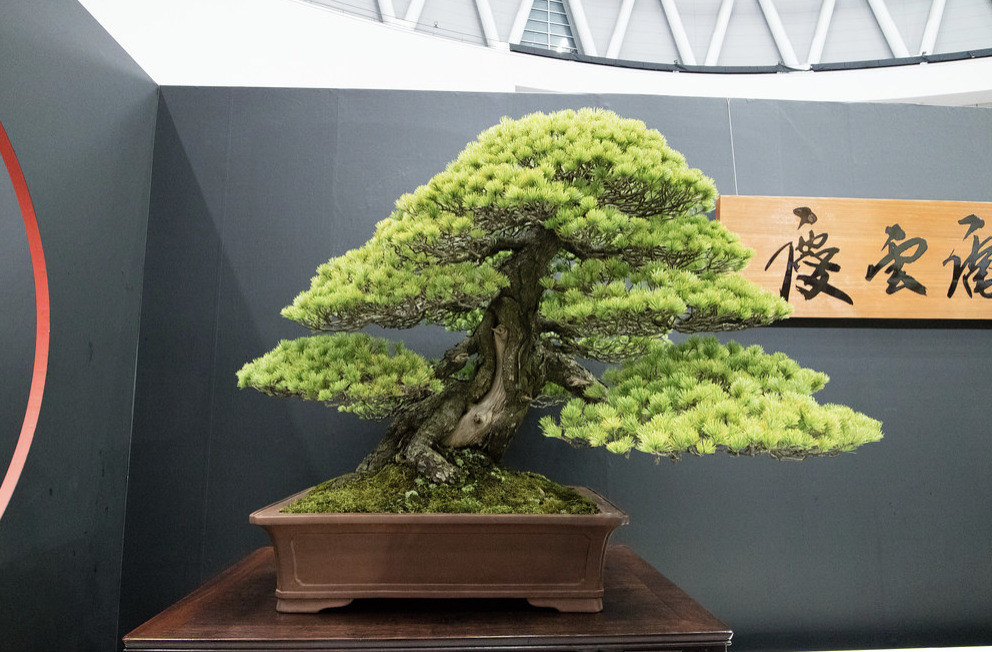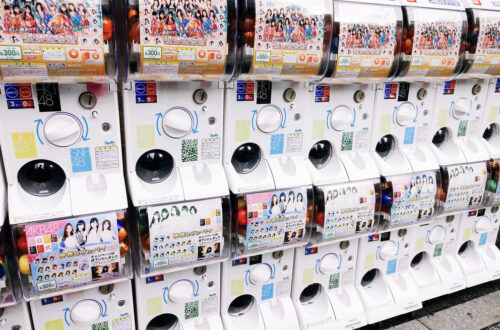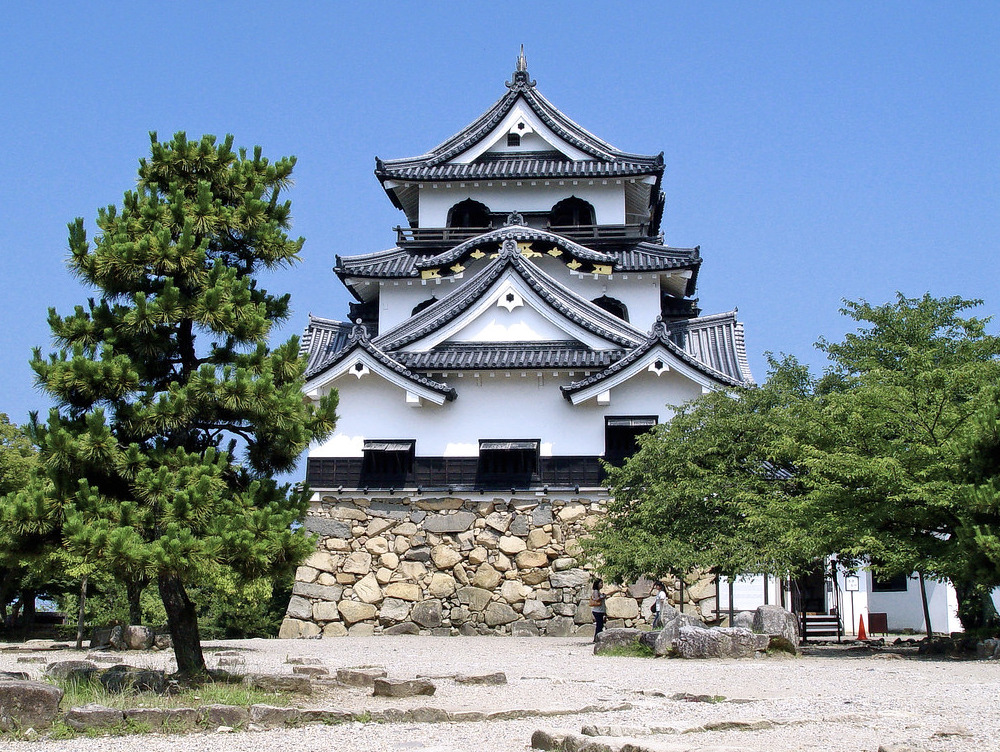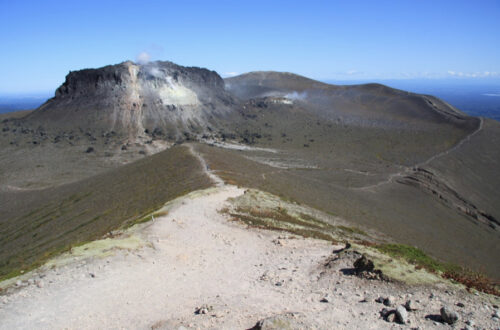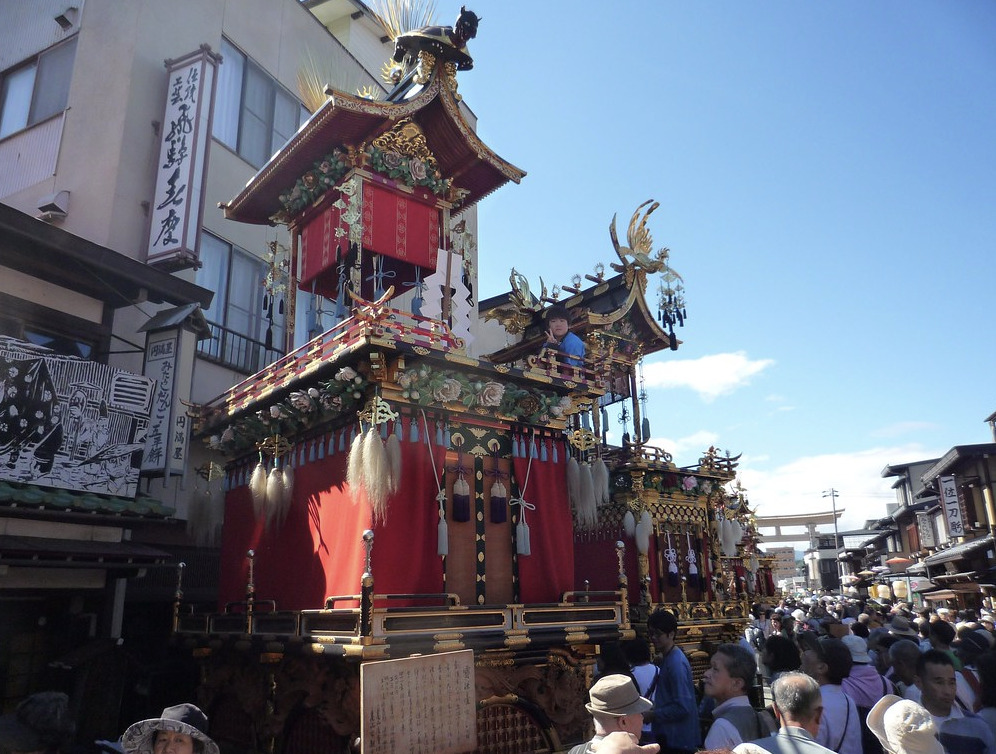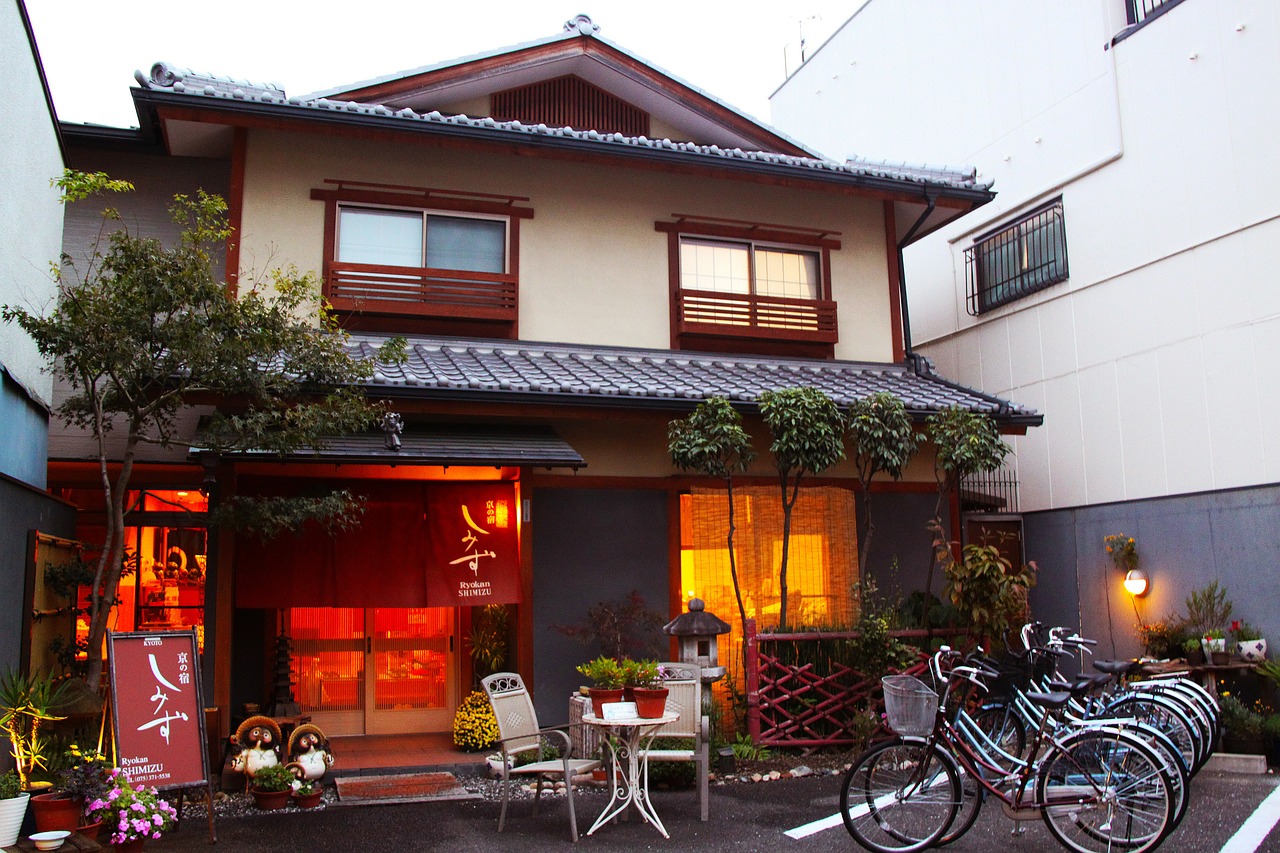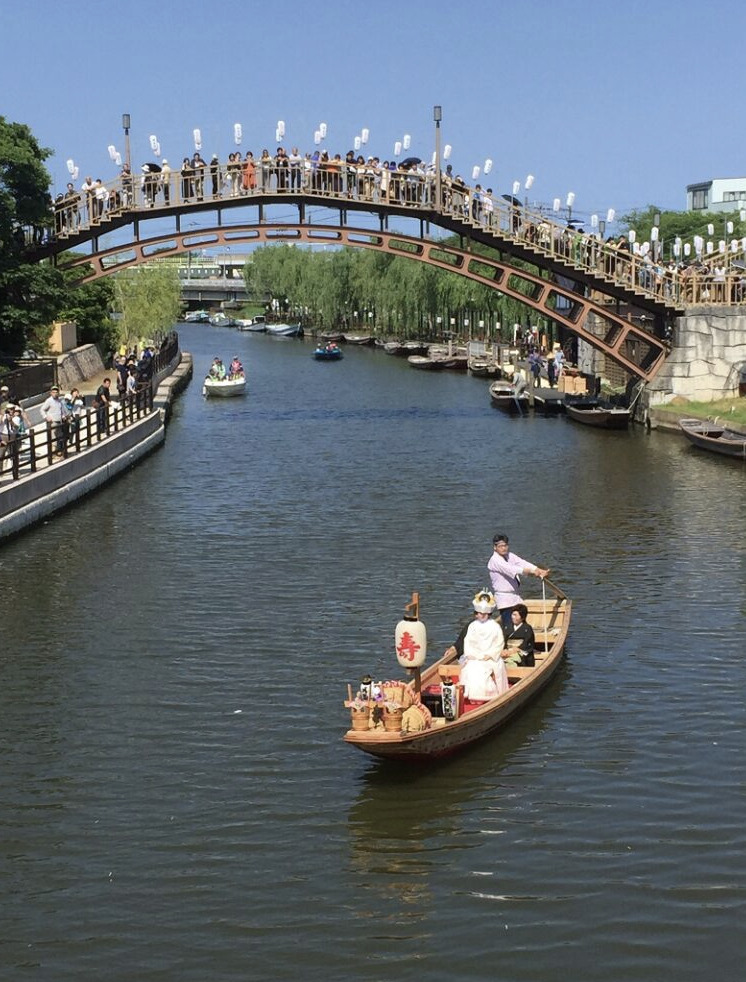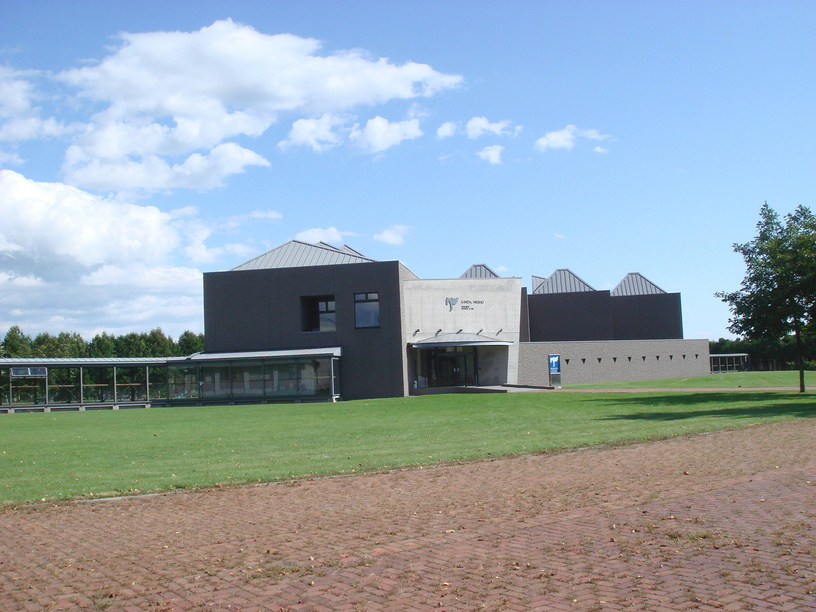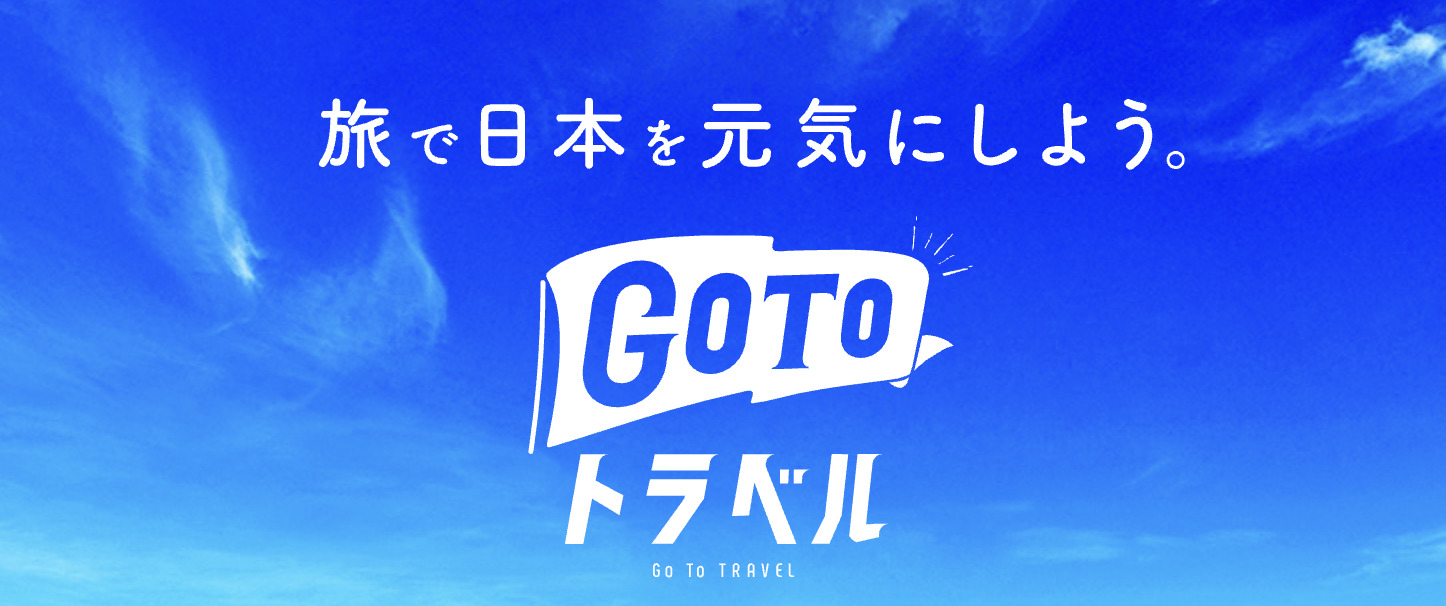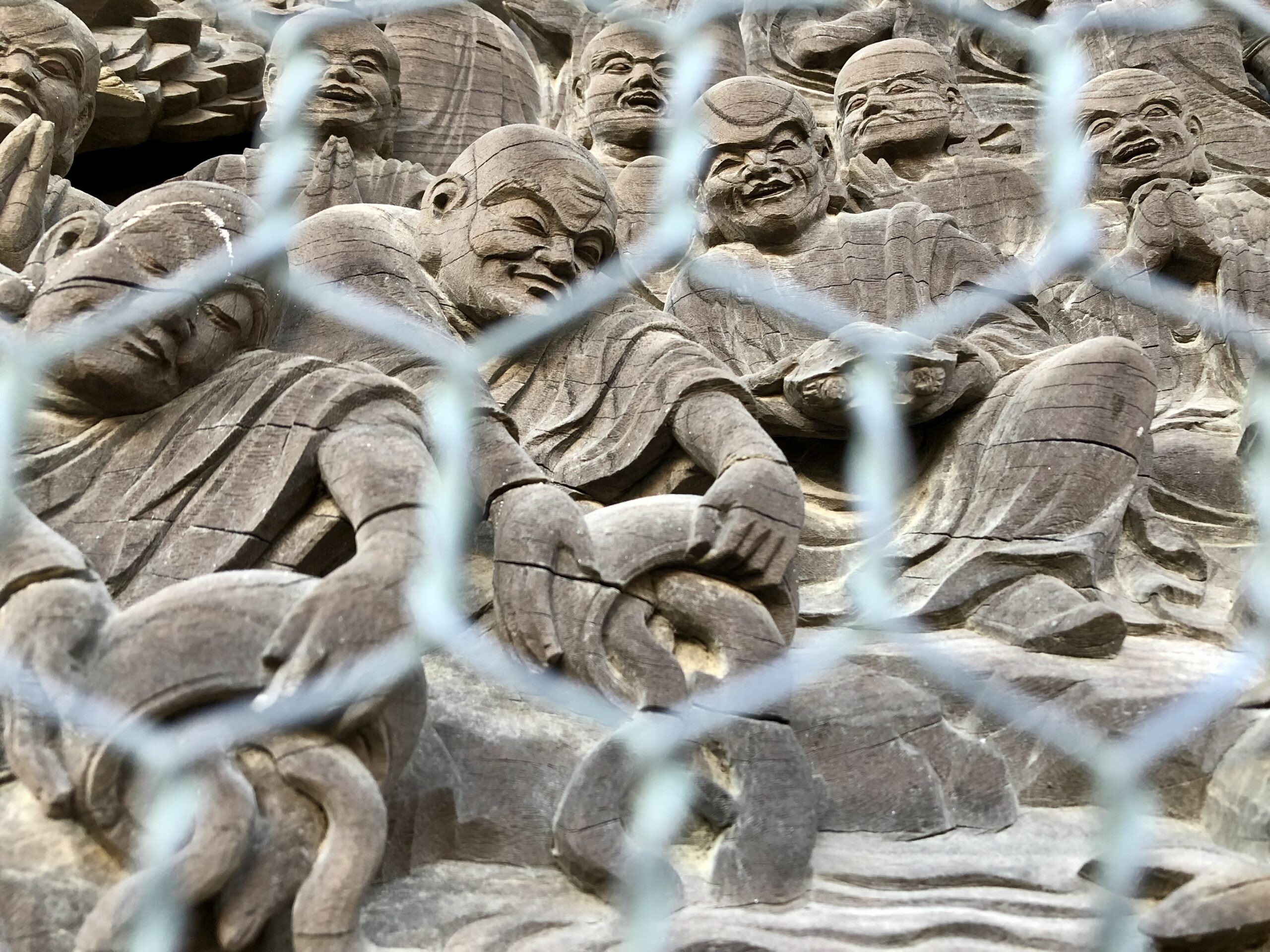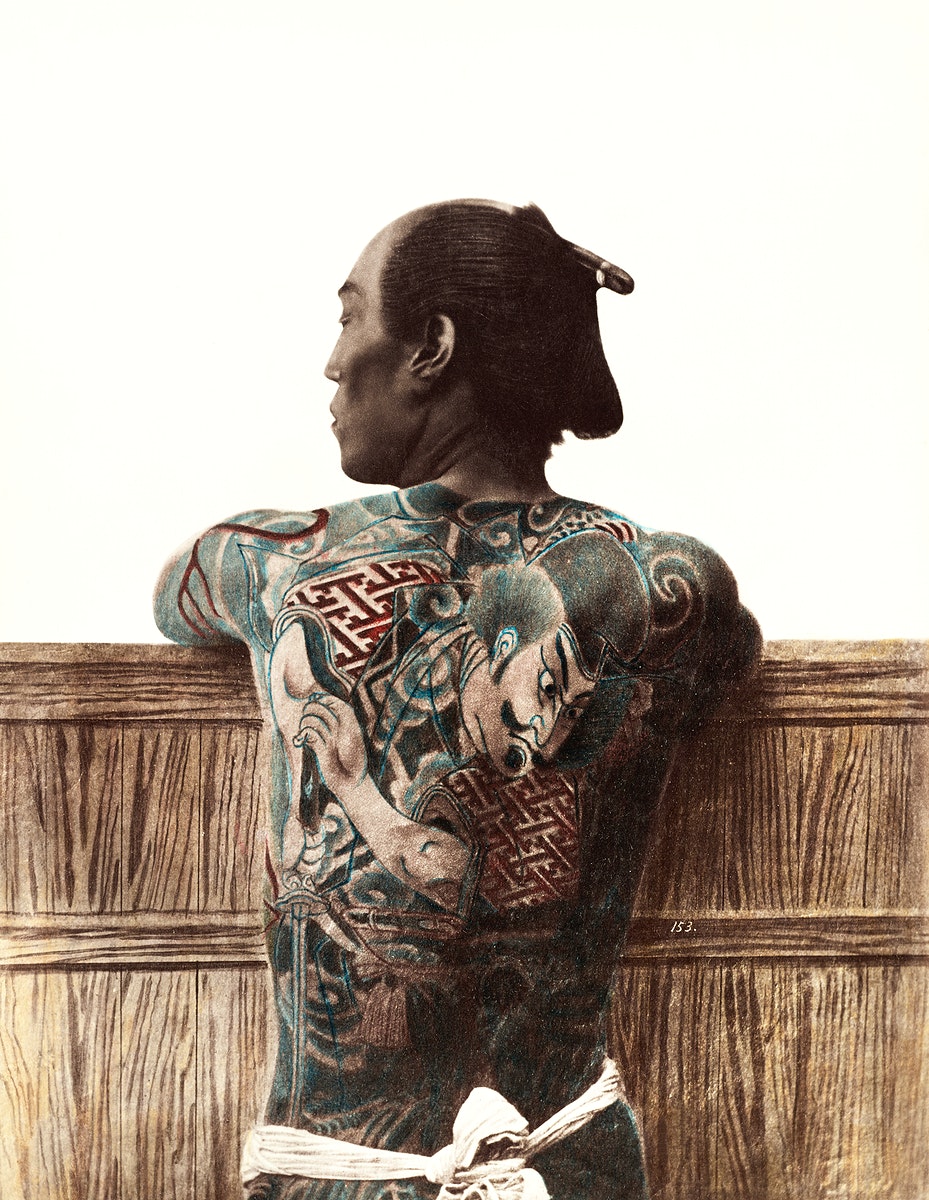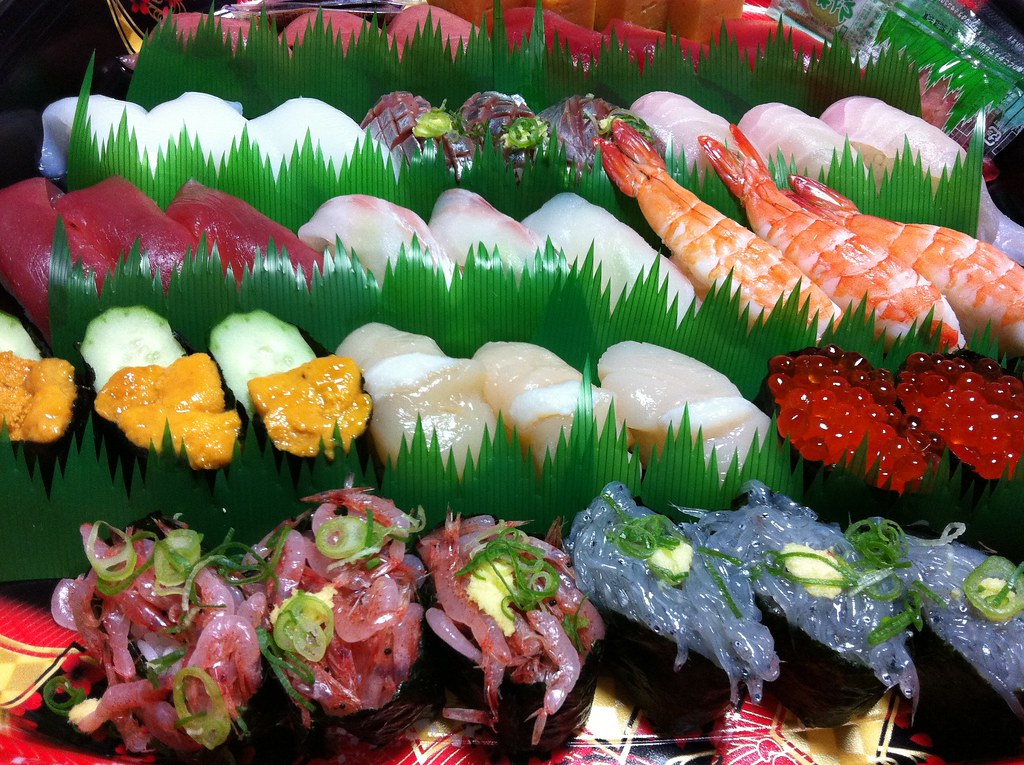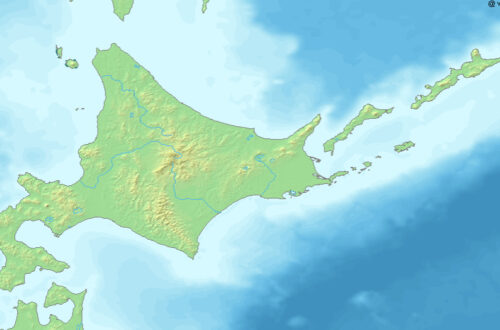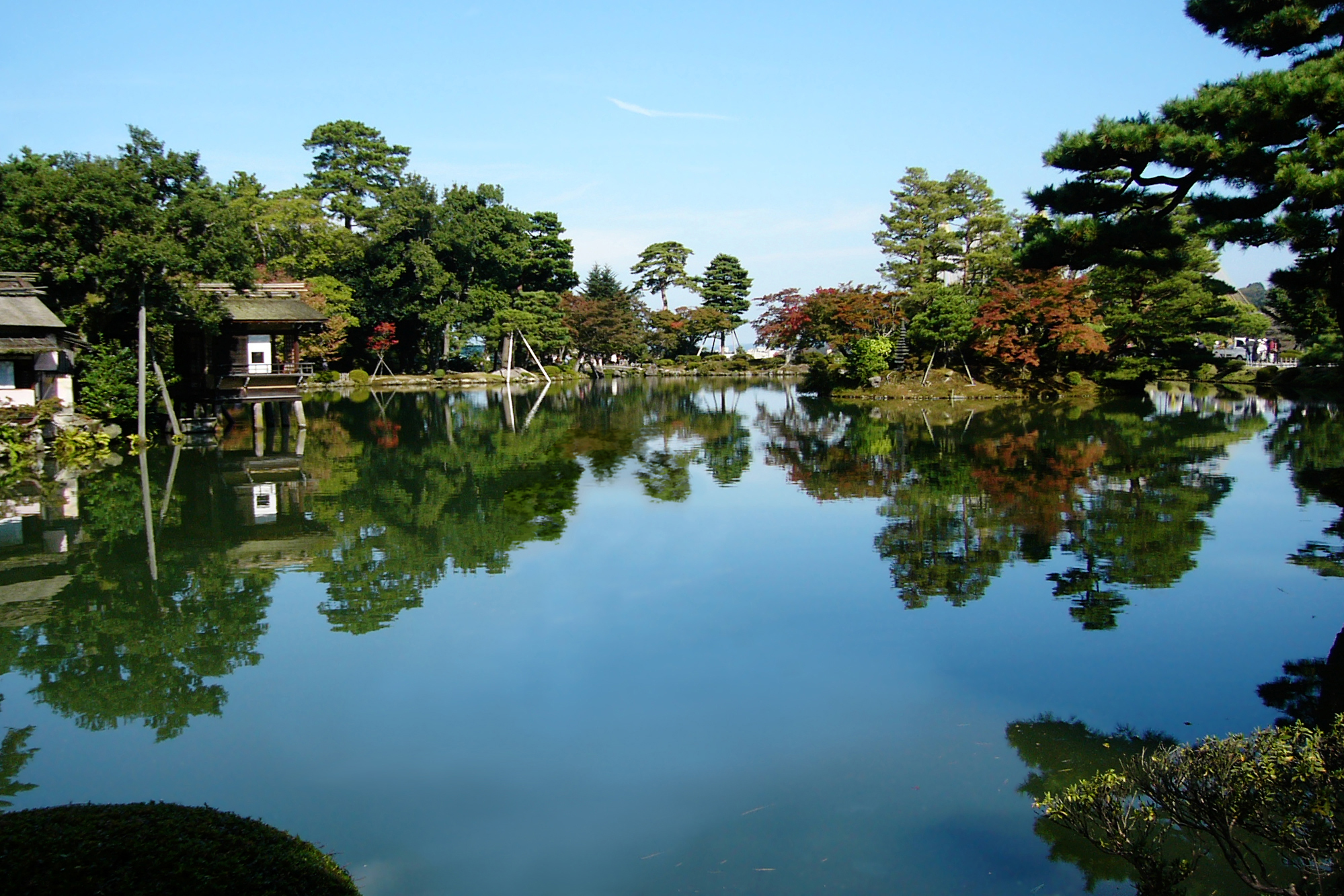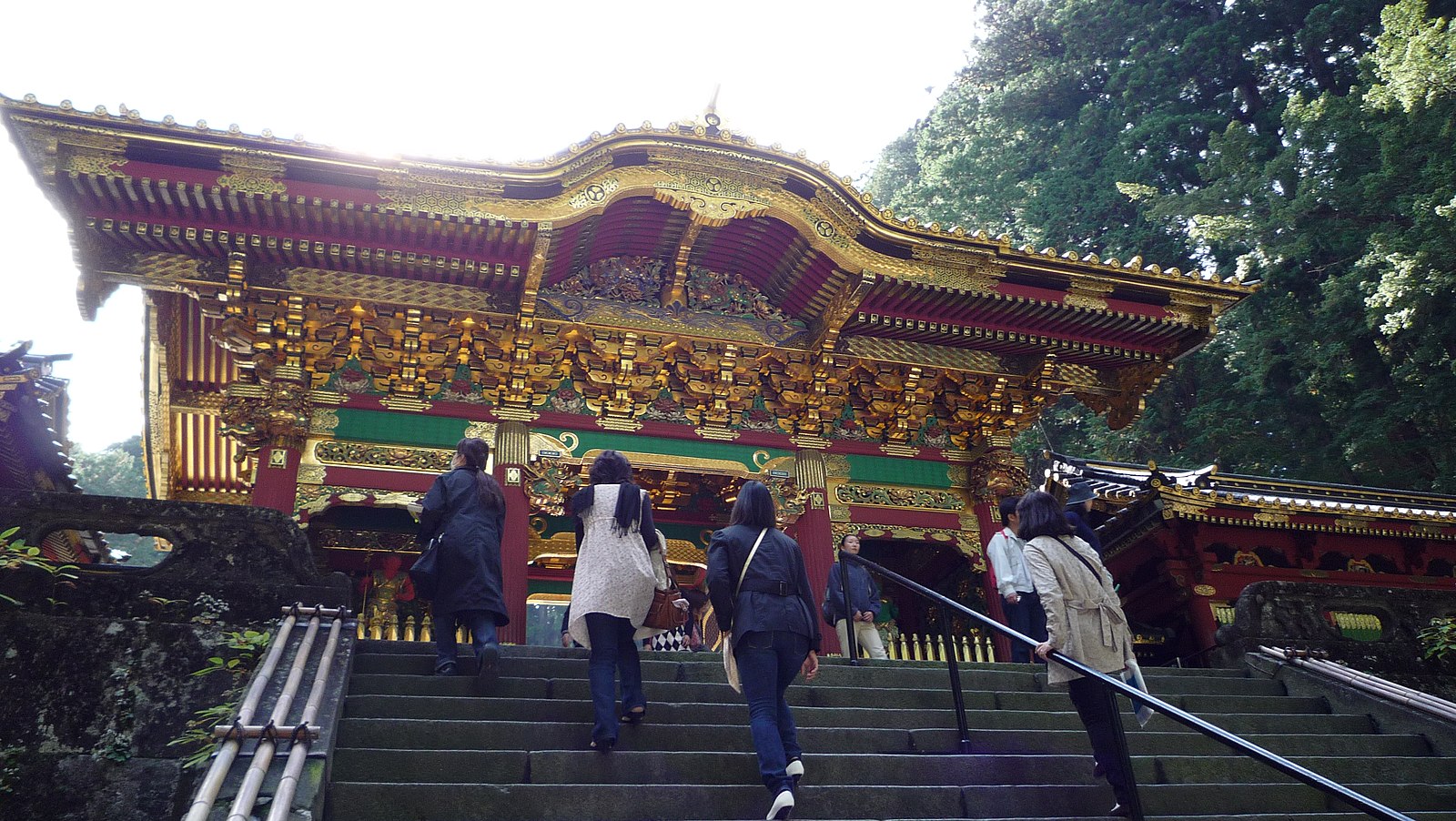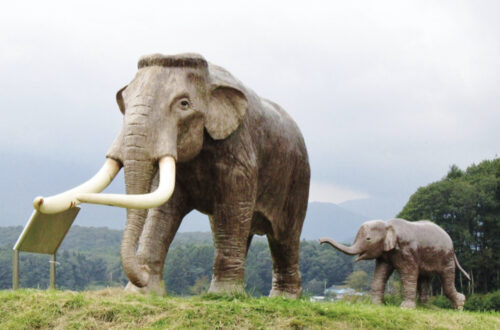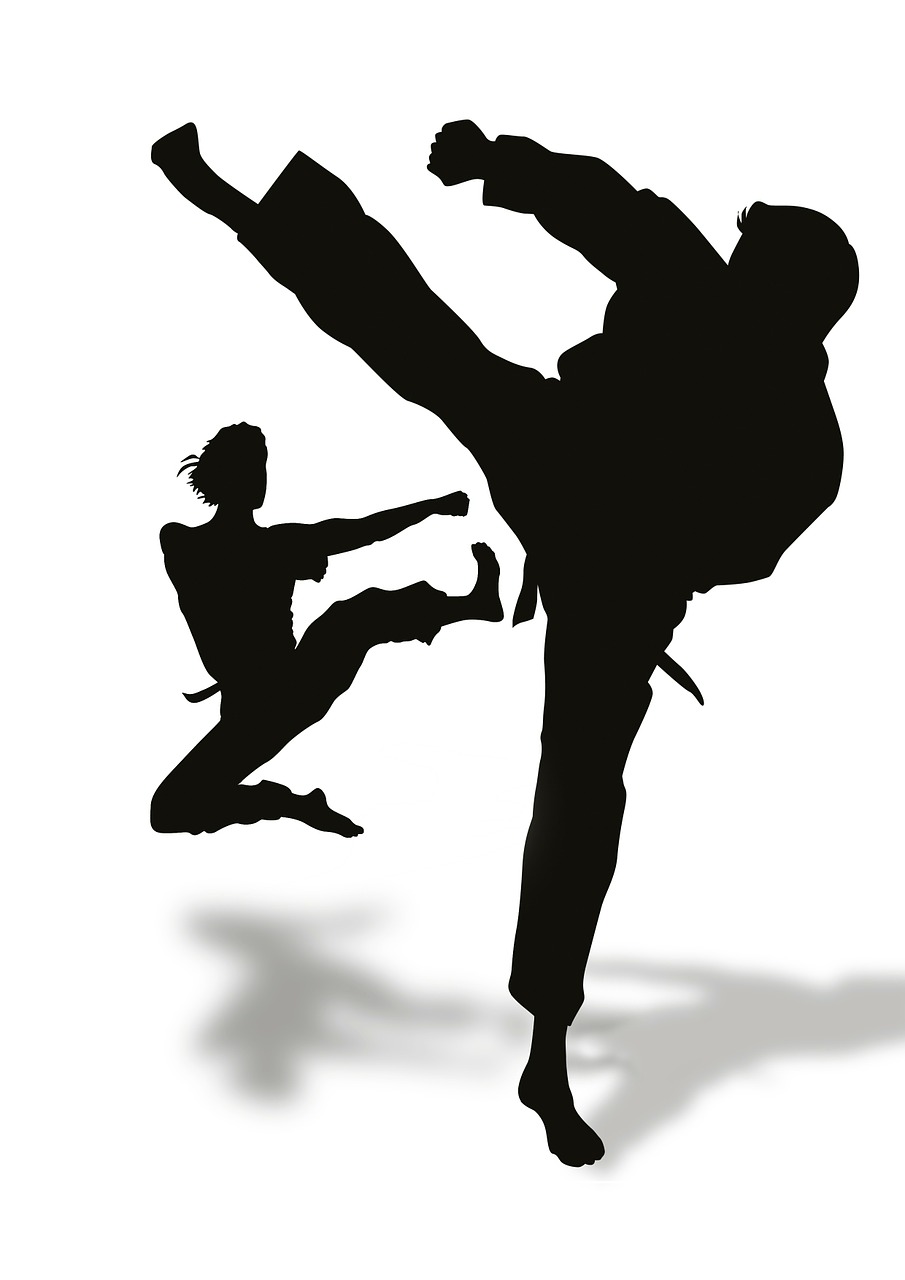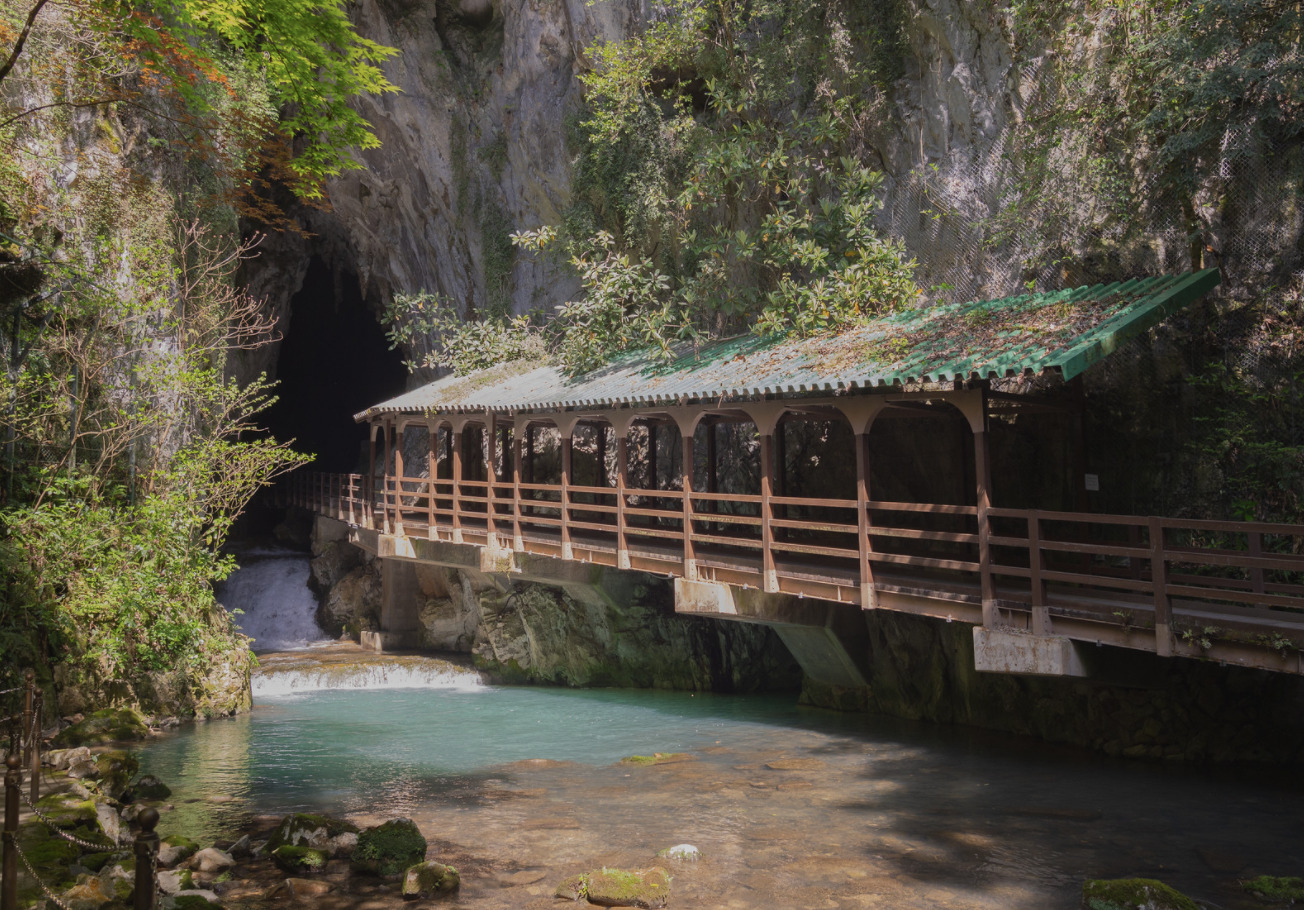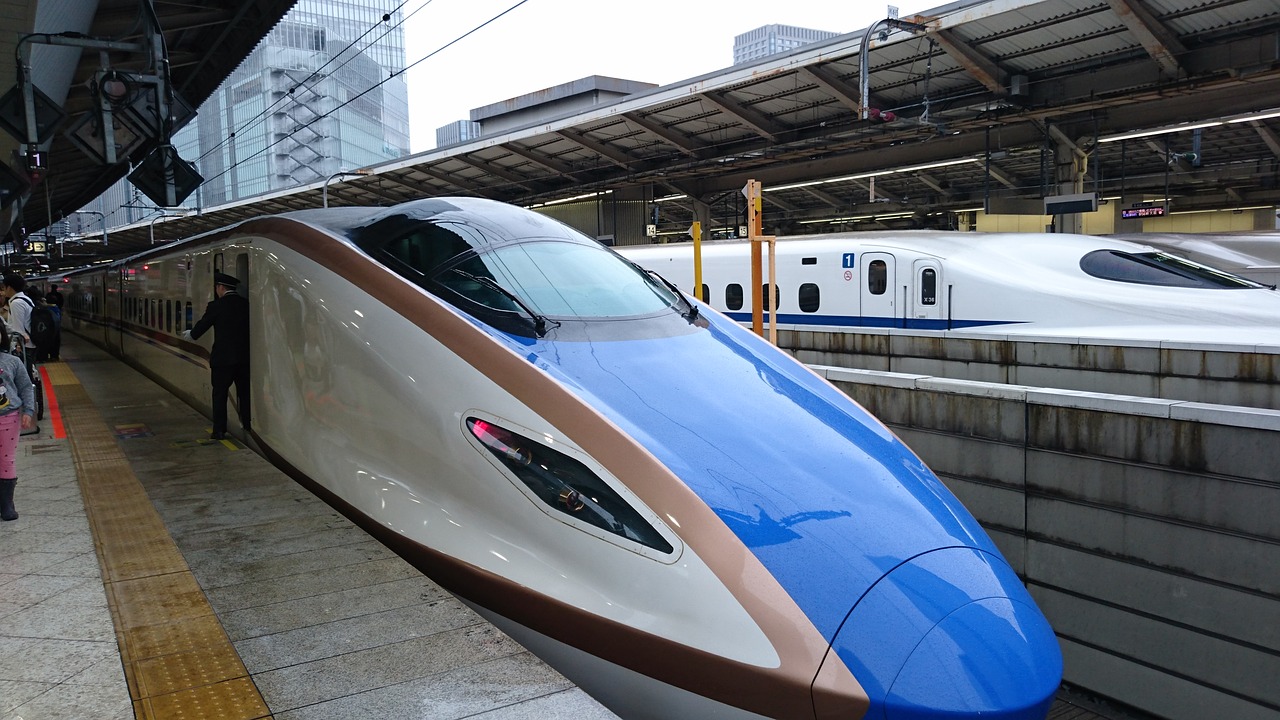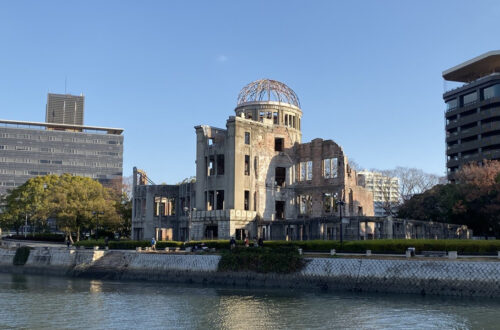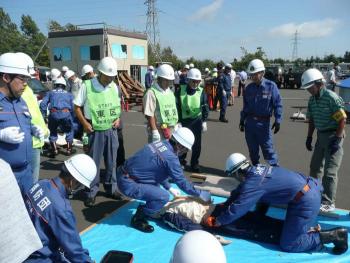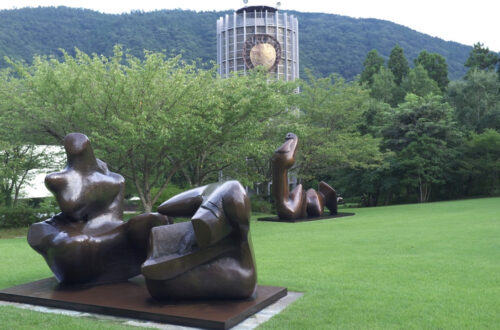-
Fermented Foods 発酵食品
Fermented foods are foods made by the works of microorganisms to break down foods. Traditional Japanese seasonings include: soy sauce, miso (bean paste), dried bonito, natto (fermented soybeans), and tsukemono (pickled vegetables) are also fermented foods. The characteristics of fermented foods include preservation, nutrition value, unique flavor, aroma and deliciousness. 発酵食品とは、微生物が食品を分解する働きにより作られた食品のことをいいます。伝統的な和食の調味料のしょうゆ、みそ、かつお節、納豆、つけ物なども発酵食品の仲間です。発酵食品の特徴には、「保存がきく」、「栄養価が高まる」、「独特の風味や香が付き、おいしくなる」などがあげられます。 *微生物 microorganism
-
Infinity Song
最近のお気に入りのバンド Infinity Song です。YouTubeにアップされているビージーズ Bee Gees のカバー “How Deep Is Your Love “ を聴いてファンになりました。 ROC Nation Recordsのサイトによると、Infinity Song はニューヨークを拠点に活動する sibling (男女混在の兄弟)のバンドでメンバーは Victory, Abraham, and Angel Boyd、後にIsrael とThalia “Momo” Boydが加わり5人編成になりました。両親もミュージシャンで(父親はJohn Boyd)音楽に囲まれて育ったようです。2014年にグループを結成、セントラルパークや地下鉄駅で活動していました。翌年に最初のEPをリリースして2016年にJayZのRoc Nation Recordsと契約。2020年にデビュー・アルバムの “Mad Love” がリリースされました。 北海道はもう雪が降って朝夕は氷が張りました。仕事と勉強で毎日疲れますが、彼らの歌声に癒やされて頑張ろうと思います。 My recent favorite band, Infinity Song. I became a fan after listening to the Bee Gees cover “How Deep Is Your Love” posted on YouTube. According to the ROC Nation Records site, Infinity Song is a New York-based sibling band with five members, including Victory, Abraham, and Angel Boyd, and later Israel and Thalia “Momo” Boyd. Their parents are also musicians (father is John Boyd) and they grew up surrounded by music. They formed a…
-
神保町とミロンガ Jimbocho and Milonga
神保町は私の学生時代のプレイグラウンドだった。通っていた学校がお茶の水にあったから、毎日のように古書店街を散策しては気に入った古本をどっさりと買って喫茶店で読むのが楽しみだった。東京には好きな喫茶店が数軒あったが、中でも一番のお気に入りがミロンガだった。 店内にはいつもタンゴがかかっている。品の良い年配の女性が注文を取りに来て、私はたいていコーヒー、時折、軽食を頼んだ。店にはいつもほどよく人が入っていて、とても居心地が良く、買ってきた古本を読みながらたいてい2,3時間を過ごしたものだ。後で知ったのだが、ミロンガとはタンゴのダンススタイルを表す言葉らしい。たまに店の女性がレコードコンサートをやるからよかったら来てねと誘ってくれたりした。 最後にミロンガを訪れたのはすでに10数年前のこと。出張で上京した際に古い友人たちと神保町へ行き、その時はミロンガで世界のビールをたくさん飲んだ。楽しい時間だった。 来月、全国通訳案内士の二次口述試験で久しぶりに上京する。時間があればまたミロンガに行ってみたい。変わらずタンゴが流れているだろうか。 Jimbocho was my school playground. The school I attended was in Ochanomizu, so I was looking forward to strolling around the old bookstores every day, buying a lot of used books I liked, and reading them at the coffee shop. I had several favorite coffee shops in Tokyo, but my most favorite was Milonga. There were always tango in there. A good old lady came to pick up my order and I usually asked for coffee, and occasionally light meals. The shop was as crowded as usual, very cozy, and I usually spent a couple of hours reading the used books I bought. As I learned…
-
Jimbocho 神保町
Jimbocho, located in the Kanda district of Tokyo, is the world’s number one booktown with more than one hundred thirty bookstores. The bookstores located in this town each sell books, documents and art works. Each bookstore has its specialty. There are millions of items stored at unique bookshelves and galleries, you can travel back in time to trace the memories of culture from 1,000 years ago to the present. You can also enjoy the familiar Edo period picture scrolls and ukiyo-e as exhibits in the museum, and search for picture books and nostalgic manga magazines that you were familiar with when you were a child. 東京神田地区にある神保町は、130店以上もの書店がひしめく世界一の本の街です。この地域にある130店以上の書店は、それぞれの得意分野にこだわって集められた書籍や資料、アート作品などを扱っています。個性的な書棚やギャラリーに蓄えられた数百万点を眺めてそぞろ歩くことで、一千年前から現在までの文化の記憶をたどる時間旅行ができるのです。ミュージアムの展示品として馴染みのある江戸期の絵巻や浮世絵を手にとって鑑賞したり、子供のころ親しんだ絵本や懐かしいマンガ雑誌を探すこともできます。
-
Ukiyo-e 浮世絵
Ukiyo-e is a genre of art established in the Edo period. Its themes vary from lives and trends of common people, numerous scenic spots to women and actors. It became popular among ordinary people. Ukiyo-e styles include hand drawings and woodblock printings. Some world famous ukiyo-e painters are; Utagawa Hiroshige known for “The Fifty Three Stations of Tokaido Road” and Katsushika Hokusai known for “The Thirty Six Scenic Views of Mt.Fuji”. They received high praise overseas and their styles had a big influence on European impressionists in the 19th century. 浮世絵は江戸時代に成立した絵画様式です。庶民の生活や流行、数々の景勝地、遊女や役者をテーマに描かれ、庶民の間で流行しました。浮世絵には肉筆画と版画があります。代表的な絵師として、「東海道五十三次」で知られる歌川広重や、「富嶽三十六景」で知られる葛飾北斎がいて、海外でも高い評価を受け、19世紀ヨーロッパの印象派の画家達の画風に大きな影響を与えました。
-
Mito 水戸
In Mito City, Ibaraki Prefecture, Tokugawa Nariaki, the feudal lord of the Edo period, founded the Kodokan as a place for samurais of the prefecture to study and practice martial arts. Nariaki also created Kairakuen garden as a place of relaxation for the samurais. It is said that samurais enjoyed shogi and igo while watching the scenery in this garden. Even after retiring from being the feudal lord, Nariaki played an important role as a central figure in the Sonno Joi movement, or the movement of driving out foreigners in order to prove their loyalty to the emperor in the late Edo period. 茨城県水戸市には、江戸時代に藩主であった徳川斉昭が、藩士の学問と武芸の修練の場として弘道館を創設しました。また、斉昭は、藩士の憩いの場として偕楽園を作りました。この庭では藩士たちが景色を眺めながら将棋や囲碁を楽しんだと伝えられています。斉昭は藩主を退いた後も、幕末の尊王攘夷運動の中心人物として活躍しました。
-
Colored Carp 錦鯉
Nishikigoi is a general term for Koi carp (Cyprinus carpio) varieties that have been improved for ornamental fish. The colorful body color is referred to as Nishiki. In Niigata Prefecture, Japan, breeding and aquaculture have evolved, and imports to various parts of Japan and overseas exports have progressed. The Koi carp is also called “living jewel” or “swimming work of art”. 錦鯉は、 観賞魚用に改良したコイ(Cyprinus carpio) の品種の総称です。色鮮やかな体色が錦にたとえられた。日本の新潟県で品種改良や養殖が進み、国内各地への移入や海外輸出が進みました。「生きた宝石」「泳ぐ芸術品」とも呼ばれています。
-
Bonsai 盆栽
Bonsai refers to a hobby of planting tree and moss in pots in addition to grass and observing the branches, leaves, the bark, roots and pots, or the whole figure. It is characterized by resembling a natural landscape. In Omiya, Saitama Prefecture, there is a bonsai town that developed as a result of the group migration of bonsai companies affected by the Great Kanto Earthquake of 1923. As many as 30,000 bonsai fans from home and abroad gather in this town every year. 盆栽とは、木のほか草、苔を鉢に植えて、枝ぶり、葉姿、幹の肌、根および鉢、もしくはその姿全体を鑑賞する趣味のことで、自然の風景を模して造形するのが特徴です。埼玉県大宮には、1923年の関東大震災で被災した盆栽業者が集団で移り住んだことがきっかけで発展した盆栽の町があります。この町には年間3万人もの盆栽ファンが国内外から集まります。
-
Hikone Castle 彦根城
Hikone Castle is a modern castle which began construction in 1604 and took about 20 years to complete. Hikone Castle used to have large castle grounds which included a triple moat, an artificial river and a castle town. The area inside the Nakabori moat was designated as a national “historic site” in 1946 for its stone wall structure that remains in good shape, and as a “special historic site” in 1951 and has been preserved carefully as a national common property. 彦根城は慶長9年(1604)に工事が始まり、約20年かけて完成した近世城郭です。かつての彦根城は、三重の堀や人工河川、城下町を含む大城郭でした。その中で、中堀より内側の範囲は、石垣で構成された城郭平面構造が極めて良好な形で残っていることから、昭和26年に国の「史跡」、同31年には「特別史跡」に指定されており、国民共有の財産として大切に守られています。
-
Takayama Festival 高山祭
You can hear the sounds of bells and drums twice a year in spring and autumn in Takayama City, Gifu Prefecture. The Autumn Takayama Festival which is held in October is an annual festival of the Sakurayama Hachimangu Shrine. As Takayama developed as a castle town, rich townspeople who had accumulated money built glittering floats in order to show off and compete with each other. Visitors can enjoy seeing the elaborate sculptures and karakuri dolls, or mechanical dolls, which have been installed on the floats. 岐阜県高山市に春と秋の年2回、鐘や太鼓の音が響きます。10月の「秋の高山祭」は、櫻山八幡宮(さくらやまはちまんぐう)の例祭。高山が城下町として発展する中で財力を蓄えた町人たちが、きらびやかな屋台を競い合うように造りました。訪れた人々は精巧な彫刻やからくり人形を見て楽しむことができます。
-
Itako 潮来
Itako City is in the southeastern part of Ibaraki Prefecture, on the border with Chiba Prefecture, and has a population of about 30,000 people. Since it is located near Kasumigaura and many wetlands, boats were necessary for the local people in the olden days. In the Edo period, the city prospered as a rice accumulation area dealing with rice from Tohoku to Edo. Millions of flowers including various kinds of iris bloom in June when “The Water Town Itako Iris Festival” is held. 潮来市は茨城県の東南部、千葉県との県境にある人口およそ3万人の市です。霞ヶ浦に近く、湿地帯が多いことから、昔は船が生活に欠かせませんでした。その豊かな水の便を活かし、江戸時代には、東北から江戸に運ぶ米の集積地として栄えました。「水郷潮来あやめまつり」が開かれる6月、岸辺には、アヤメにカキツバタ、ハナショウブなど、100万株の花が咲き誇ります。
-
Tattoo 刺青
In Japan there has been a tattoo culture since ancient times. In the Edo period, it was popular among common people as a fashion. The Meiji government banned it in the 19th century and it remained illegal until the end of World War 2. 日本には古来より入れ墨の文化がありました。江戸時代にはファッションとして庶民の間でも流行していましたが、19世紀に明治政府によって禁止され、以後、第二次世界大戦が終わるまで非合法とされていました。 刺青(入れ墨)tattoo が一番問題になるのが温泉などの入浴施設かもしれません。かつて日本では入れ墨が犯罪歴(前科者)の印のように使われたこともあって tattoo イコールいわゆる反社会勢力のように扱われてしまうことから入浴お断りとなることが多いです。しかし tattoo を単にファッションとして楽しむ外国人観光客と彼らを受け入れたい入浴施設にとっては悩ましい問題です。2020東京オリンピック開催前に政府から入れ墨だけを理由に外国人観光客を拒むのは不適切であるというお達しが出たことをきっかけに tattooを受け入れる施設が増えてきているようです。
-
Nikko 日光
You can go to Nikko by taking the Shinkansen Bullet train and a conventional JR train. It takes about 2 hours. There is also an express train of Tobu railways which takes you directly there from Asakusa station. Nikko is registered as a national park and is especially famous for its colorful autumn leaves. 日光には東京駅から新幹線と在来線を乗り継いで約2時間で行けますし、東武鉄道を使うと浅草駅から直通の急行が出ています。日光は公立公園に指定されていて、特に秋の紅葉で有名です。
-
Japanese Martial Arts 武道
Japanese martial arts are practiced at training halls called dojo. The floor of the dojo is different depending on the type of martial art. Some are wooden floors and others are tatami-matted. In the dojo, there is often a Shinto altar, to which trainees bow before and after the practices. 日本の武道は道場と呼ばれる練習場で行われます。道場の床は行われる種類によって異なり、板張りや畳張りがあります。しばしば道場には神棚が設けられ、練習する人は、練習の前後に神棚に向かって礼をします。
-
Disaster Prevention 防災
Japan is located on the borders of several tectonic plates, and about 20% of magnitude 6 or over earthquakes in the world occur near Japan. So Japanese people are highly conscious of disaster prevention, and many people participate in disaster prevention and evacuation drills conducted by their local communities. 日本はいくつかのプレートの境界に位置しており、世界のマグニチュード6以上の地震の約2割が日本付近で起こっています。そのため、日本の人々は防災意識が高く、多くの人が地域で実施される防災や避難訓練に参加しています。


